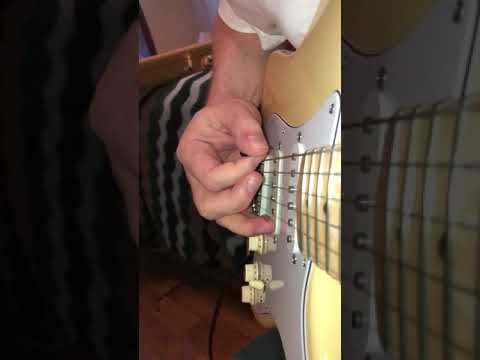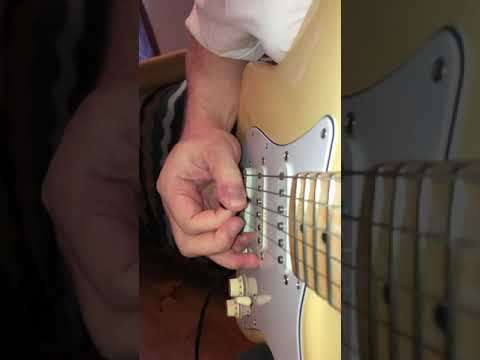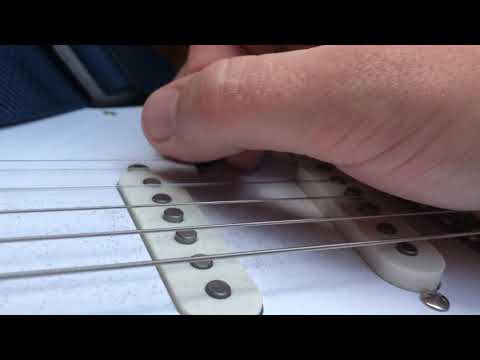EDIT: I was typing this up while @tommo was replying. I see things a little differently. I’m not changing any of what I wrote, because if I’m wrong, I’d love to see exactly where so I can get better at these and (hopefully) help people out!
This is interesting to me, because it reminds me of what happens when I tried flooring things attempting USX.
- Elbow is driving the motion
- The trajectory/escapes are a mixed bag. There are times where we see USX, but on the D and G string, your upstroke hit A and D strings (respectively). So, double trapped. In true USX, like EJ, Joscho and Troy do, the path looks the same on every single note. where every upstroke goes up in the air. So even if you’re sometimes clearing, the fact that you aren’t doing it every time, to me, indicates the motion is not totally consistent. As I understand it, we consider that lacking a smoothness that can be the big difference between normal fast and really fast

I guess if we back up a step and get back to what you want to be playing (economy, ascending), does this motion work for that? I’ve never attempted economy at fast speeds myself. So for me in playing critique, the conclusion was sort of a square peg/round hole thing. I was trying to play USX stuff with a motion that was pretty flat, and inconsistent in its escapes. To dial in more smoothness I needed to fully embrace the escape that an elbow motion drives, which is DSX.
For you, the fact that the escapes are pretty flat (even when you clear on the USX string change), I’d think this could be usable for economy because you’d never really be ‘stuck’. So if you do have a problem at all, I’d first address hand sync on your full economy ascending lines. I think chunks would be the easiest way to do that:

Then
Then

As others have said, youe playing sounds pretty great. If every single note is not crystal clear, which I think is the case, the remedy is hand sync perfection. You’ve got the nice problem of being 95% of the way IMO 
EDIT EDIT: @qwertygitarr posted too while I was typing lol! I need to speed up not only my picking, but my typing I think. At least my sound slice typing, for sure!




 Notice how the end of the pickstroke is curved, almost as if you are about to escape on the downstroke. And notice how on the upstroke string change the motion trajectory looks significantly different - to my eyes at least!
Notice how the end of the pickstroke is curved, almost as if you are about to escape on the downstroke. And notice how on the upstroke string change the motion trajectory looks significantly different - to my eyes at least!







